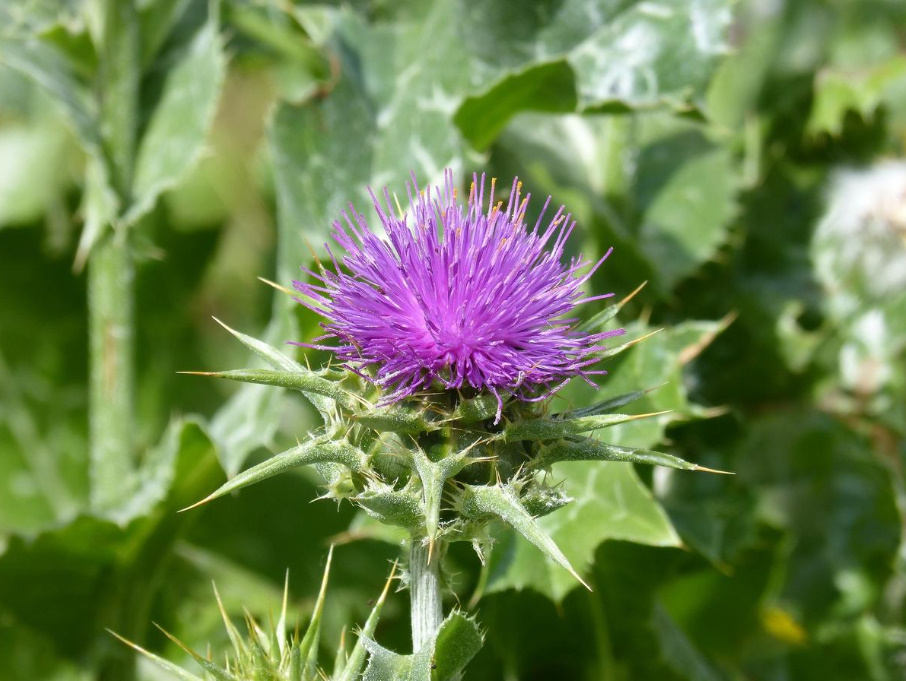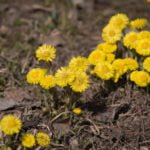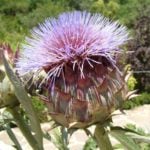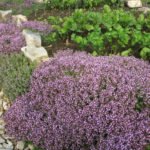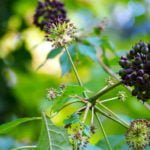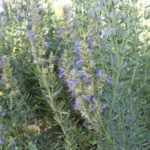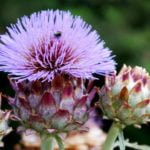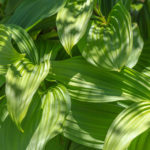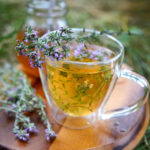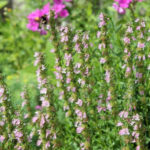This plant has a loud fame: it is advertised almost as a panacea for any liver problems. Let’s figure out where the truth is about milk thistle, and where is the myth.
Useful properties of milk thistle
They are caused by silymarin contained in the fruits of the plant (this is a natural combination of flavolignans), fatty oil (containing up to 62% linoleic acid and up to 25% oleic acid), tocopherol, and other active substances.
Milk thistle owes its hepatoprotective and choleretic effects to silymarin; in addition, its antioxidant and immunomodulatory properties have been confirmed. The fatty oil extracted from milk thistle fruits is compared by its effect on the body with sea buckthorn. It has, in addition to hepatoprotective, anti-inflammatory and wound-healing effects, promotes tissue regeneration after burns.
The healing properties of milk thistle have been proven by science; this plant is used as a raw material in the production of a number of drugs.
The use of milk thistle in folk medicine
The first thing to understand is that miracles from the use of milk thistle should not be expected. It really promotes liver regeneration and weakens the effect of toxic substances on it. But if you drink alcohol immoderately, fatty and fried food, do not follow the diet — milk thistle will not save and protect your liver.
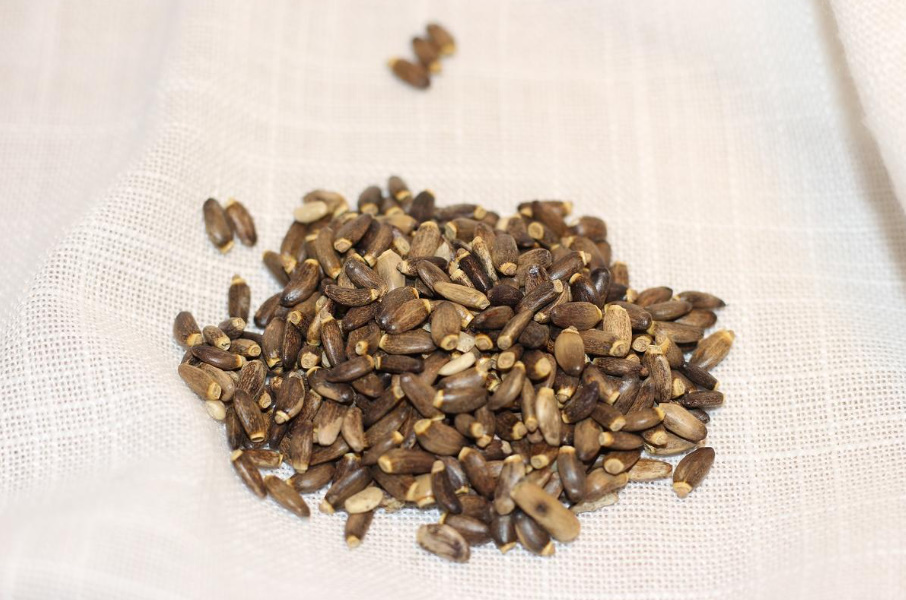
In other words, the use of milk thistle preparations (pharmacy or folk medicine) in the treatment of liver diseases will be effective only if all the doctor’s recommendations are followed.
The second important nuance: the choice of dosage form. Pharmacy preparations are the most effective, since they have an accurate, verified dosage of active substances. If you want to use natural natural raw materials, give preference to milk thistle seed powder — this is the simplest and most effective folk remedy.
Milk Thistle seed powder for liver diseases
To obtain the powder, a small amount of seeds is ground in a coffee grinder or crushed in a mortar. Take 3 times a day half an hour before meals for 0.5 teaspoons (use another reception scheme: 4-5 times a day for 20 minutes before meals for 1 teaspoon) or prepare infusions and decoctions, for example:
- 1 teaspoon of powder pour 200 ml of boiling water, insist under the lid for 10 minutes, strain; this is a serving for 1 reception, take 3 times a day before meals;
- 1 tablespoon of powder pour 500 ml of boiling water, bring to a boil and cook over low heat until half of the liquid boils; cool, strain; take 1 tablespoon every hour during the day.a spoon.
Preparation of medicinal raw materials
Milk thistle is not only a healing plant, but also a beautiful one, so summer residents do not mind growing it on their site. But here it is worth considering: this beauty is thermophilic (the plant dies at temperatures below -10 degrees, and grows well at +20 and above) and has a long growing season. In other words, in cold regions, seeds can simply not wait.
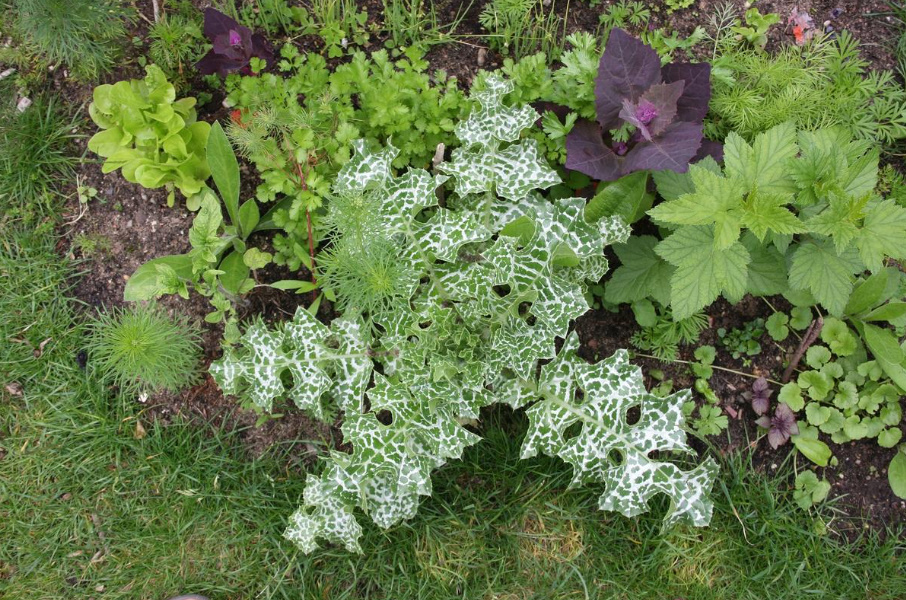
In addition, milk thistle is a very prickly plant. It is not so easy to collect fruits and extract seeds from them. Baskets with seeds need to be cut off when white tufts appear, and the baskets themselves begin to open, but they do not crumble yet. The collected raw materials are dried in a well-ventilated room, then threshed and sifted, separating the seeds, which can be stored for 3 years.
Contraindications to use
Milk thistle seeds have no established contraindications and side effects, however, before using them for medicinal purposes, it is recommended to consult with your doctor. Remember that any self-medication can harm your health!
